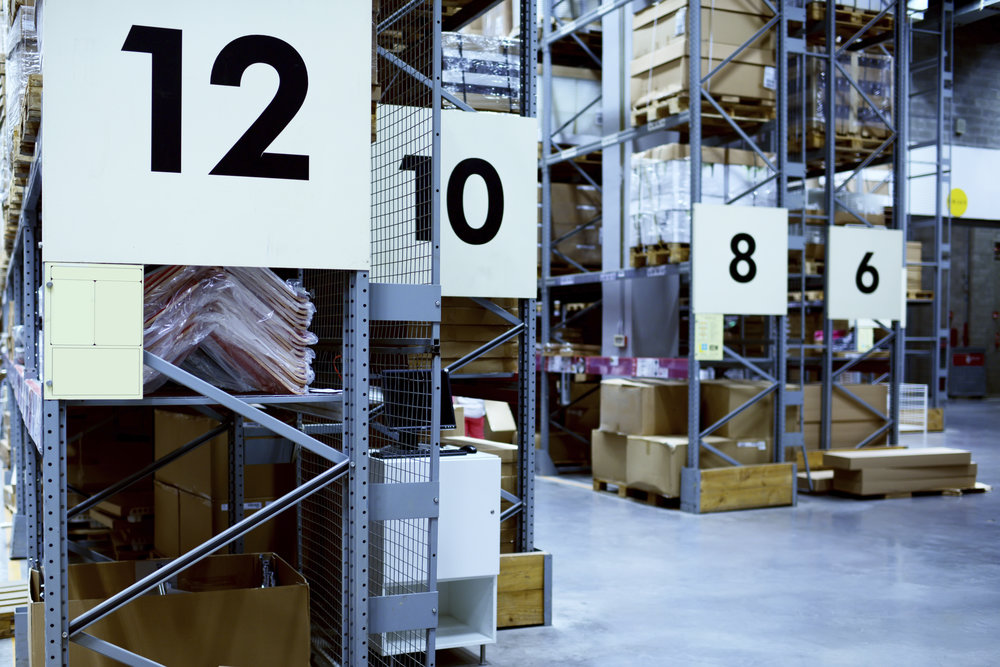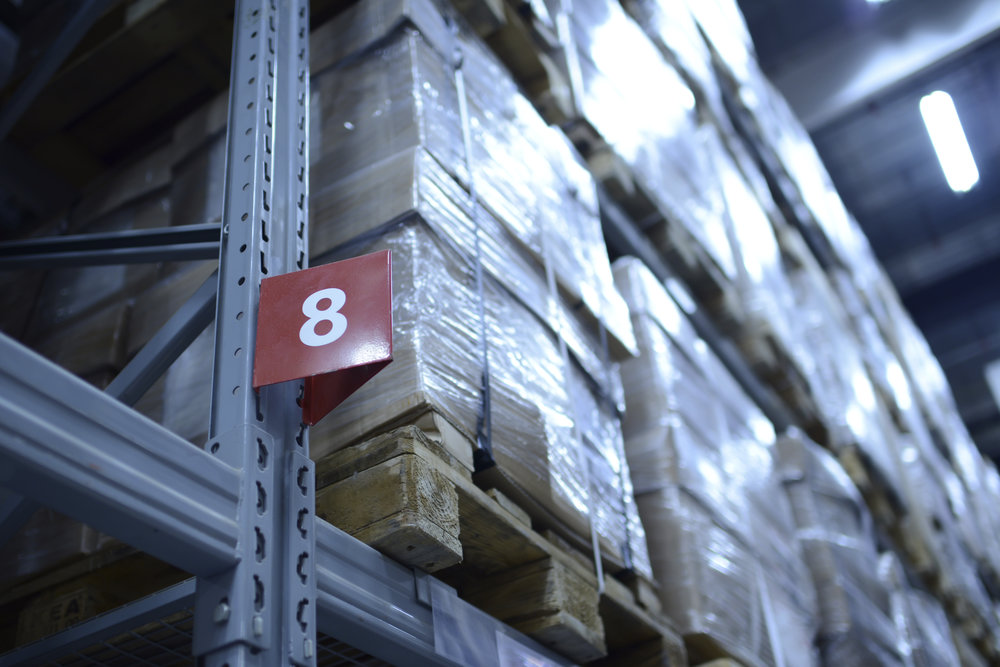Wasp Barcode Technologies: The Barcode Solution People
Is It Really Possible to Run A Flexible, Smart Warehouse?

Let me tell you a tale of Amazon's warehouse. With the world’s most nimble infrastructure, online retail giant Amazon.com has built an enormous transfer of things from one person or place to another, possibly the biggest in the world. In fact, its distribution and logistics platform can now even deliver purchases within hours in some locations to members of its Amazon Prime subscription service. Yes, delivery in only hours.
The company also plans to expand its capacity even further to include its
own trucks and
flying drones. Drones? It sounds almost outrageous, but currently in Amazon’s Robbins, NJ facility, humans and robots are already
working in (almost) perfect harmony.
“Robotic shelves allow more products to be packed into a tighter space. They also make stacking and picking more efficient by automatically bringing empty shelves over to packers or the right products over to pickers,”
Will Knight wrote in
the MIT Technology Review. “The process is more efficient than having humans walk around, so it is a good example of how automation can be combined with human labor to increase productivity.”
[su_divider top="no" size="2"]
[su_divider top="no" size="2"]
Further, Knight says that Amazon’s fulfillment centers could become “networked hubs of the consumer economy, the biggest of big boxes that free up businesses to focus on making things rather than moving them.”
As a
good inventory manager, that’s really the goal, isn’t it? A smart warehouse operates as efficiently as possible, under the eye of best practices, and adjusts to ever-changing budgets and demands. Then, you can stay responsive, flexible and competitive in the marketplace, whether you are a start-up or an established small or medium-sized business (SMB).
[Tweet "A smart warehouse operates as efficiently as possible, under the eye of best practices."]
Automation Should Be the First Step
Your small business may not have “robots” or “drones” in its vocabulary. That doesn’t squelch the need to keep your warehouse as effective as possible to set you up for future growth.
Perhaps one of the top goals of a smart warehouse should be to eliminate the use of manual labor and input wherever possible, replacing them with automated systems. Still, 46 percent of small businesses use manual processes, like pen and paper or spreadsheets, particularly for inventory management; and
only 20 percent say they plan to invest in tools to increase productivity, according to the 2015
State of Small Business Report.
However, the addition of automated systems can reap the following benefits, no matter the size of your company:
- Reduced costs
- Decreased manpower needs
- Increased shipping accuracy
- Accelerated data entry
Even with a limited budget, an automated inventory control system can be implemented affordably, with little downtime to your operations. Once that happens, costs will be cut due to the overall benefits listed above.
A Smart Warehouse Is A Nimble Warehouse
For your business to sustain a smart warehouse, it needs to stay as nimble as possible. Part of that is identifying your business’ Internal Rate Of Return (IRR), or the
measure of the profitability of potential investments. To justify the investment into automation, a good rule of thumb is this: the labor savings seen from automation should exceed the automation costs by 2 to 1 within 24 months.
A Smart Warehouse Has Three Essential Tasks With Regard To the Physical Warehouse
- Space should be optimized, with reconfigurable racking and picking shelves to adapt to changing demand in products.
- Flexible alternative flows, allowing all goods to move seamlessly from dock to shelf, etc. When you optimize your warehouse space, reconfigurable racking and pick shelves are good to use because they are changed out quickly as you adapt to new demands.
- Strategic personnel plan, to staff up or down as business demands. You might want to employ a core fixed staff of versatile and cross trained workers. This core group will have the ability to run operations during even the slowest times of the year.

A Vendor Compliance Program Is Important To Your Bottom Line
A
vendor compliance program is a strategic way to improve the relationship between your business, its vendors, and 3PL providers. The result is, warehouse operations are streamlined (which reduces waste and advances efficiency), handling of products is reduced, transportation service times are improved, and most importantly customer satisfaction will increase. Integrating product identification, like barcode tracking processes helps ensure visibility and seamless movement of product through your supply chain. Steps toward efficiency, such as a initiating a vendor compliance program, combined with inventory management, all add up over time, moving you toward becoming a smart warehouse and boosting your bottom line.
A Smart Warehouse Is Arranged Smarter
Arranging or “slotting” your warehouse based on demand is an incredibly effective way to increase distribution center efficiency.
“Slotting choices should be performed dynamically rather than as a batch process.” Tony Tyler, CEO, EF3 Systems, told
Supply Chain Digest. “To do this, you need to place the picks by product in one or more
‘look ahead’ scheduled cycles or waves, usually to match the transportation schedule and transit times.”
When an inventory tracking system is incorporated into your operations, these cycles are performed relatively easily, and can be tracked in real-time. Items can also be organized in a manner that makes it easy for warehouse workers to pick, pack, and ship.
Make Sure You Are Ready To Scale
If you manage a smart warehouse you should always be poised for progression. In other words, your operations should be built to handle change on demand as well as growth. So the first thing you should remember is to have all the right tools in place that will make your day-to-day routine work seamlessly, from the moment an order is placed all the way through to the shipping process.
Austria’s
Porsche Konstruktionen GmbH & Co KG Parts Distribution Center (PDC) organizes and distributes retail and wholesale replacement parts for Volkswagen, Audi, Seat, Skoda, and Porsche. The company found itself growing rapidly, with coverage in 11 different European countries.
They needed sophisticated, yet easy-to-use technology to keep 600,000 parts flowing smoothly through its distribution centers. To sustain its large-volume operations across multiple sites, Porsche incorporated Zebra barcode printers and verifiers. It seems simple, yet the company is reaping benefits through decreased human error and improved quality, even in the midst of growth.
Once you have these initial steps in place, scalability is often dependent on the inventory management software that you choose. That way, your business won’t miss a beat or break the budget!
What best practices does your business have in place to run a smarter, more efficient warehouse?




